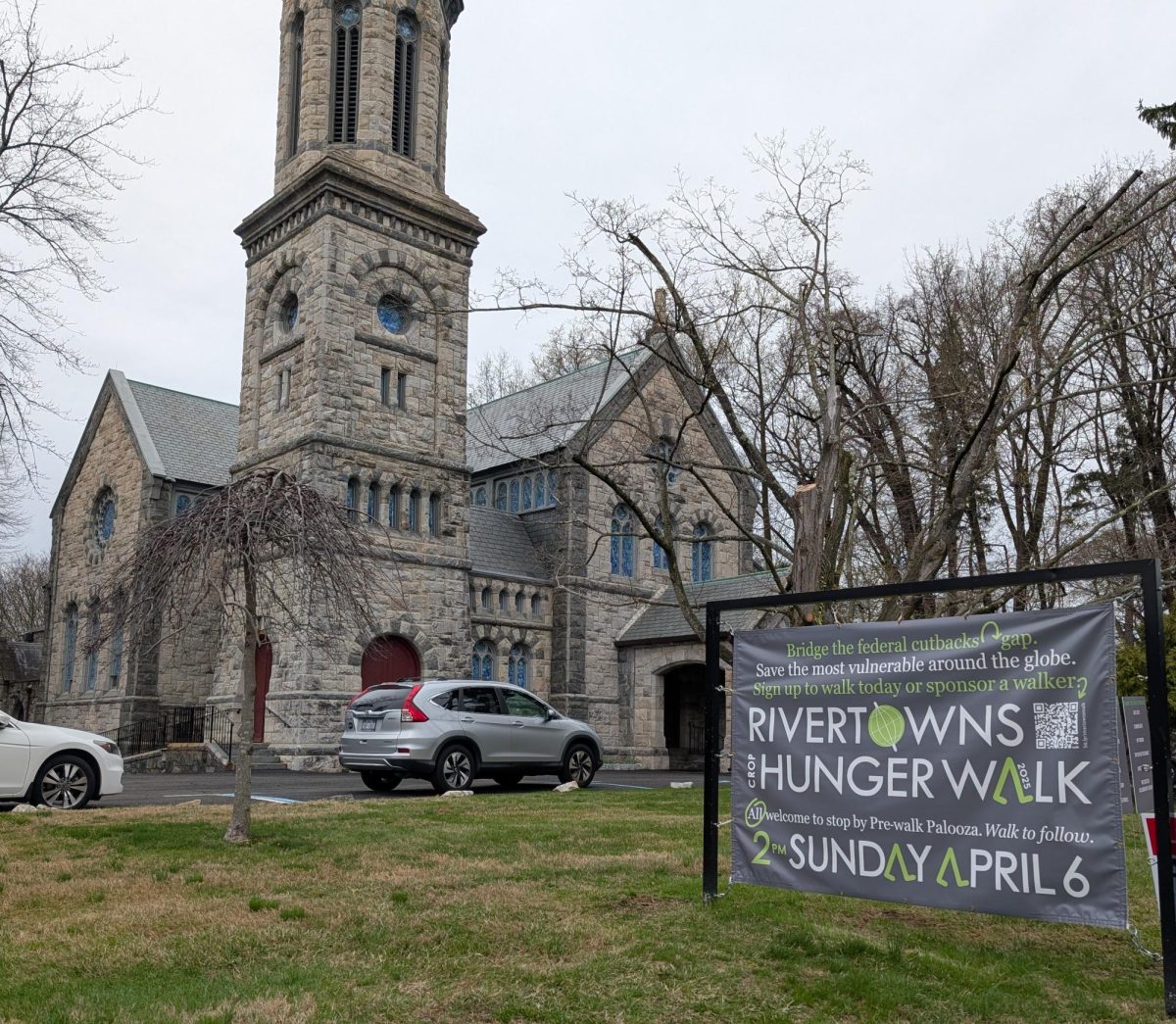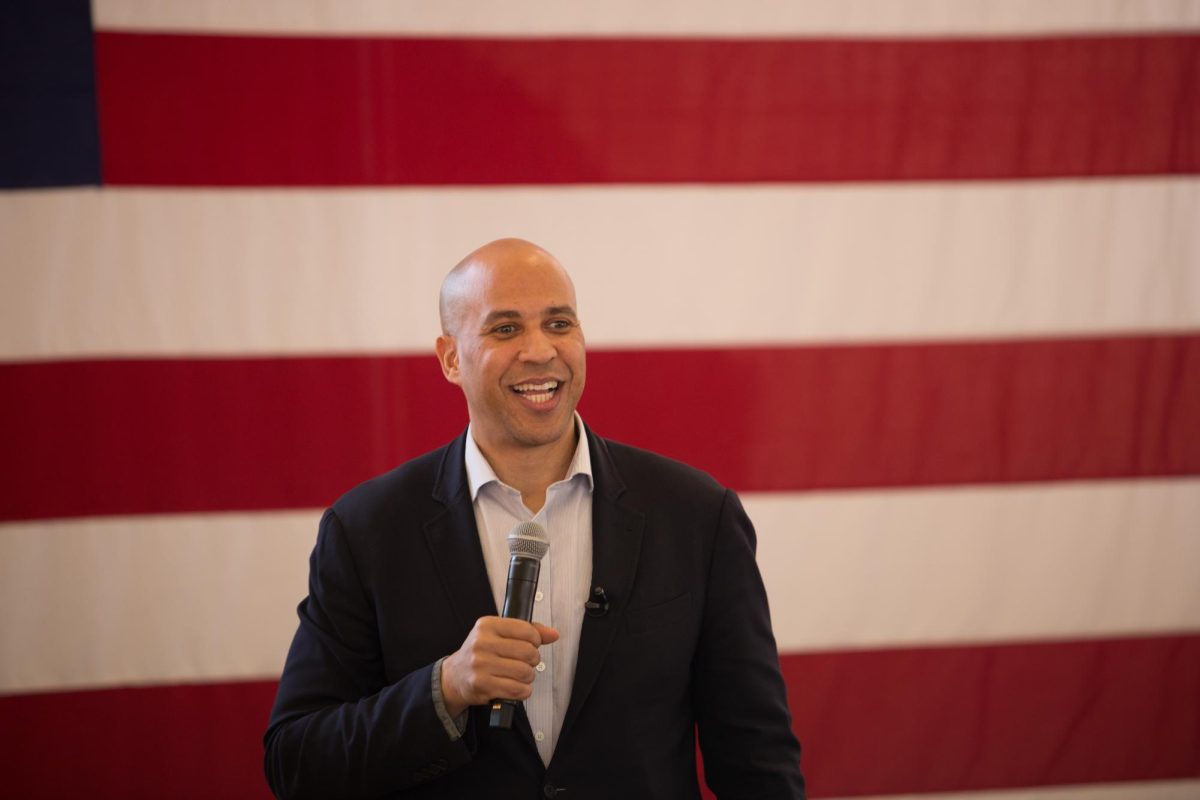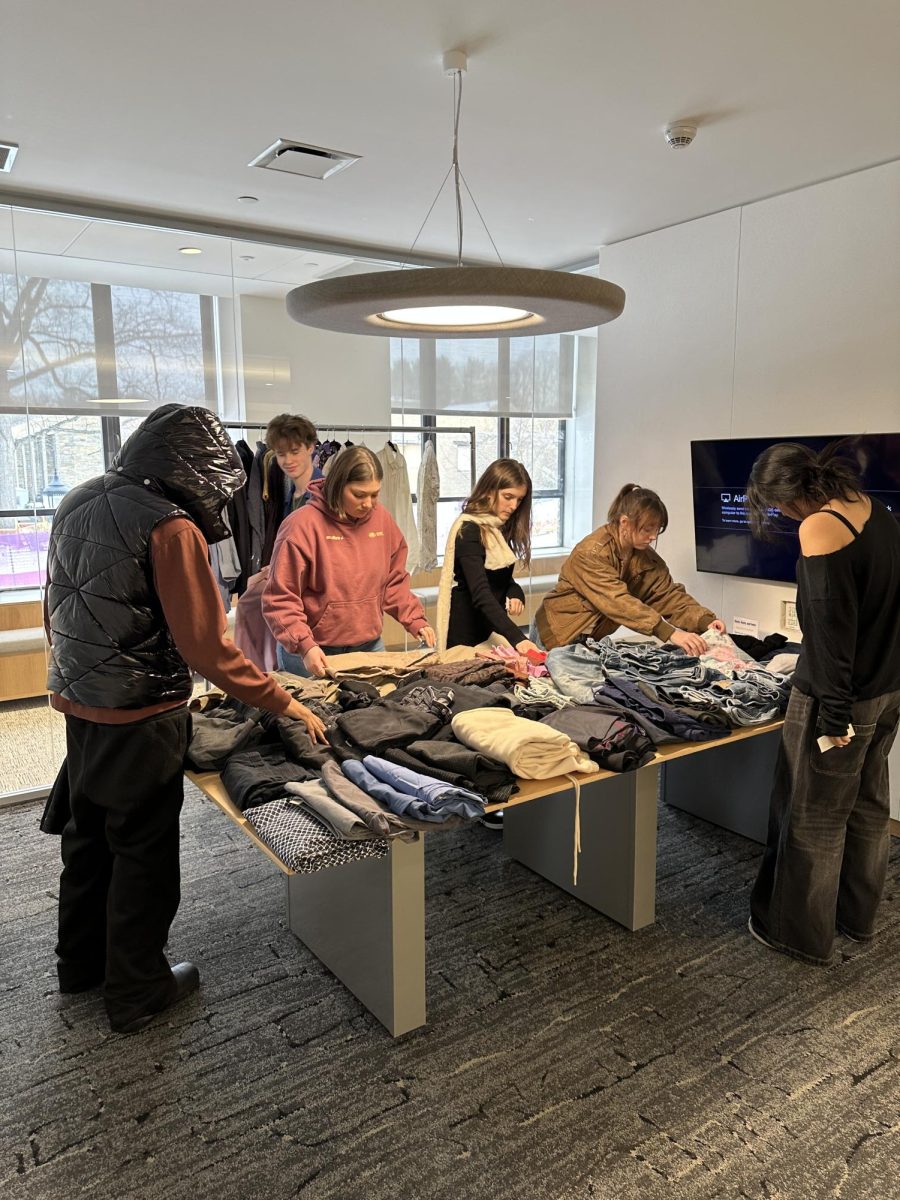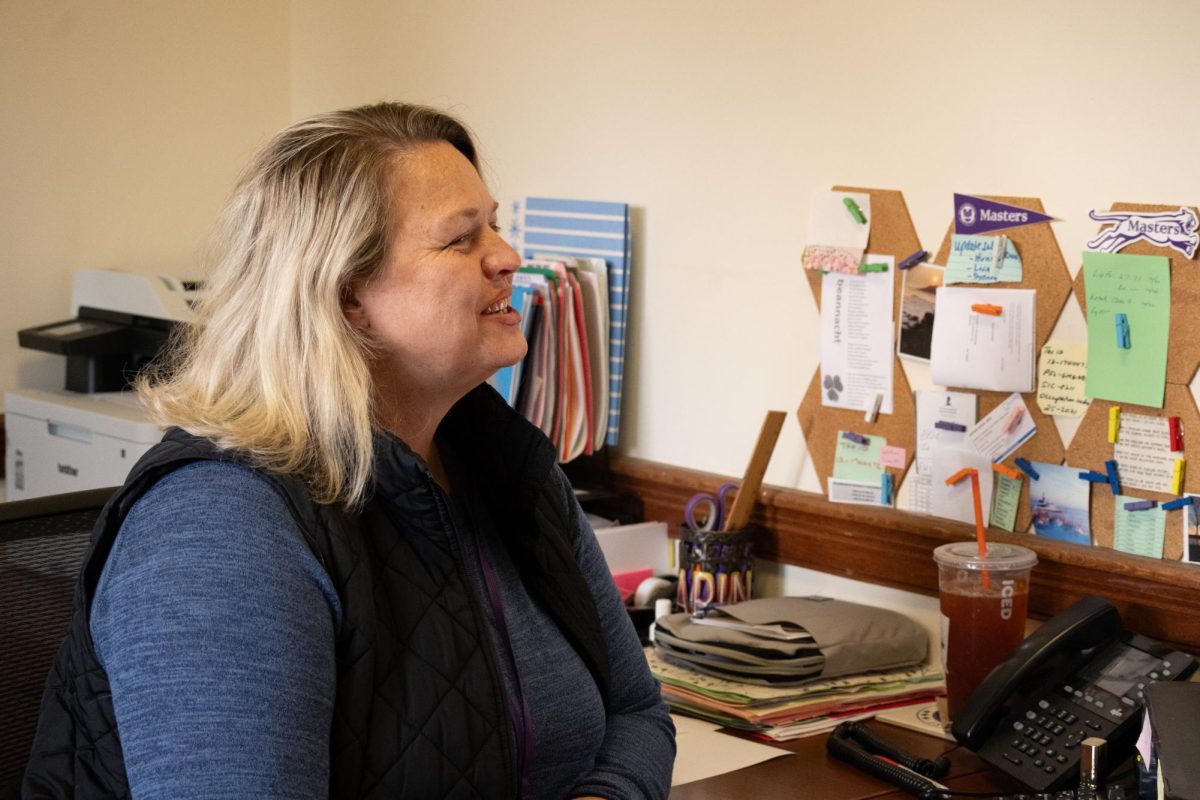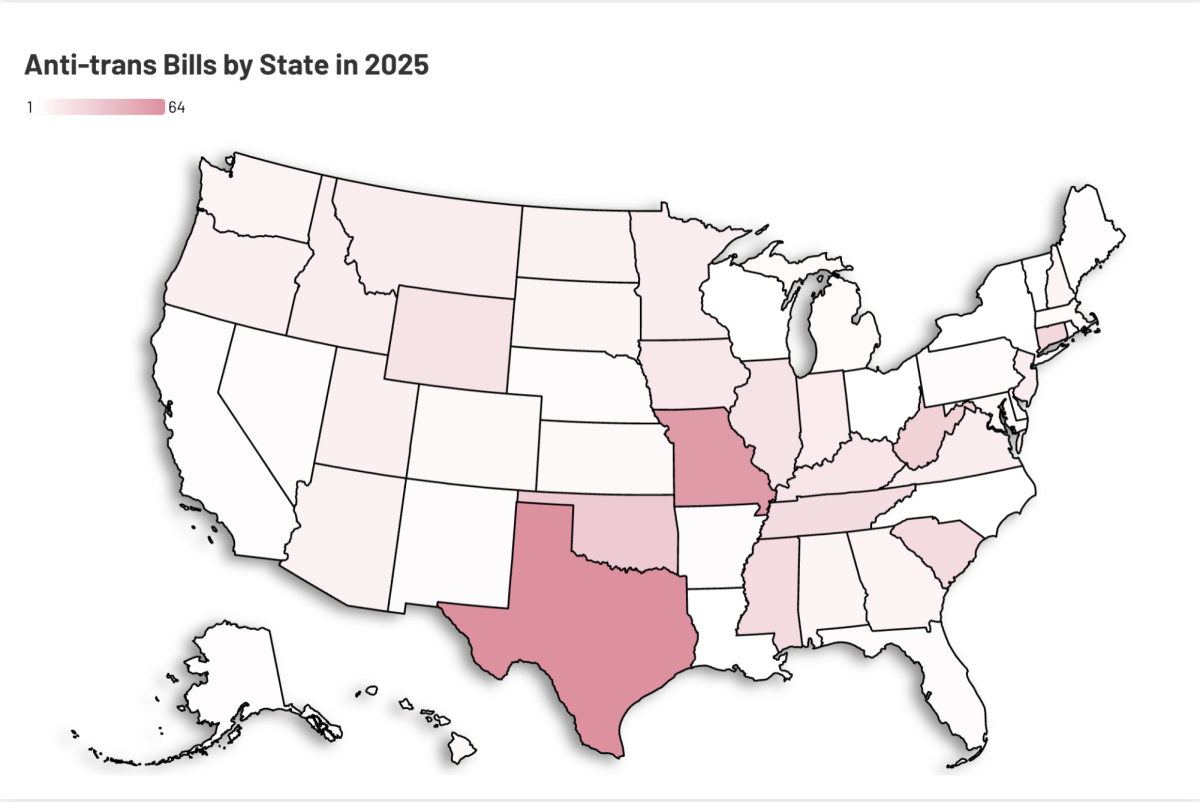Following months of desperate troubleshooting and backup plans that fell short of completely resolving serious issues with the previous year’s amended application, the Education Department announced on Aug. 7, 2024, that the federal student aid application form would be delayed for a second year in a row.
Rather, the Free Application for Federal Student Aid, or FAFSA, will go live in October for “limited testing with a limited set of students and institutions” in order to work out any kinks before going live for the 2025–2026 academic year on Dec. 1, 2024. Traditionally, the form is made available on Oct. 1, 2024.
From the department’s introduction of a reduced and revamped version this year, which was meant to speed the application process, the FAFSA form has been a cause of ongoing anxiety for officials, students and college administrators.
The process has been beset by a constant stream of bugs and data entry problems, which have locked students out, provided incorrect aid calculations, and severely disrupted the enrollment process that occurs in the spring when colleges usually inform accepted students about their expected costs.
The FAFSA delay is similar to the issues faced during last year’s launch, where initial delays in October hinted at more significant problems that continued to affect the form for months after it was fully released.
Masters Community Reacts
Adam Gimple, director of college counseling at Masters, offered his thoughts on the rollout of FAFSA last year. Gimple said, “Last year’s rollout of FAFSA was complicated at best. I would say that significant delays on the release of the digital form for families to access had a cascading effect on a whole number of issues related to undergraduate admissions, financial aid packaging and enrollment management on the higher ed side. I think that because they were unable to release an effective tool until the end of December when it normally comes out on Oct. 1 is a massive problem.”
He continued, “Last year with the rollout of the first cycle of removing race conscious admissions from the application process and the admissions deliberation process, overlaid with a significant disruption and even an additional obstacle to acquiring financial funds to support access to higher education for the populations that are already under resourced is a huge miscarriage of justice in my opinion. I think all of those things compounding one another really are problematic in ways that are just unintelligible. We just can’t have that again.”
Xavier Rolston ‘24, a current student at Cornell University, explained his experience completing the FAFSA last year. “Honestly, there was not a lot of help immediately available because the new form was so different. Filling the form out with my family, we spent a lot of time trying to look at the form and make sense of all of what it was asking. The form itself, I actually thought, was fairly easy to fill out. The new interface was pretty manageable for me, and figuring out what information they wanted wasn’t too bad. But filling it out [the FAFSA] at a time where the website just wouldn’t stop crashing, was really difficult.”
Rolston offered his advice to Masters students who might be starting their FAFSA application process. “Be ready for the application to take a while and be patient. Your application is not all going to get done in one sitting, and it’s not all going to get done super fast. Have all of your documents ready in advance and saved somewhere clearly, and don’t be afraid to ask your college counselor questions, because they definitely will be able to help you.”
Gimple explained the various tools and resources available to help Masters students and families complete the FAFSA this year. “The first step that we always guide families to is that any family who thinks that finances are a concern of any sort should go to a couple of colleges’ websites and go to the net price calculators on their websites. In addition to that, I encourage students and families to use the platform called MyinTuition, which can really help give families an approximate sense of what their expected contribution could be at each institution based on their household income alone. That to me is a must-have for every family where finances are a piece of the puzzle.”
A Student Perspective
An Upper School senior, who preferred to keep her identity private, explained her experience filling out the FAFSA application. “The process so far has been stressful because I’m applying Early Action and Early Decision, and those deadlines for me are Nov. 1 and Nov. 15. Because the FAFSA doesn’t officially open until Dec. 1., I have a month where I can’t really do anything.”
She continued, “College is so expensive for everybody now. Almost 90% of the population has to take out loans in order to afford some form of higher education if they’re able to pursue higher education. So I feel like almost everyone is in the same boat, but the system has not bought up yet. Students are still made to feel less than because they are on financial aid from the federal government. It’s a messed up system, but it is important for equity.”




